Description
Krishi 2.0
Drogo’s Agricultural drone

Specifications
General
| Feature | Specification |
|---|---|
| Flying Speed | 10 m/s |
| Take-off Weight | 24.80 kg |
| Flying Range | 1000 m |
| Spray Swath | 3.3 – 3.5 m |
| Spray Tank | 10 Lit |
| Endurance | 15 mins |
| Operating Altitude | 50 ft |
| Spray Efficiency | 6 min/1 Acre |
| Spraying Flow | 0.8 – 3 L/min |
| Spray Nozzle | 70 – 100 micron |
FAQs for Krishi 2.0 - Drogo’s Agricultural drone
Does the Indian government permit the use of drones in agriculture?
The Ministry of Agriculture and Farmers Welfare vigorously advocates for and supports the use of drones as the upcoming pesticide spraying technology. With the goal of giving farmers all throughout the nation widespread access to drones, they promote and support cooperative use. Furthermore, it is envisaged that the incorporation of drones into the crop insurance system will address and mitigate any losses and damages.
What is the Government of India’s Standard Operating Procedure (SOP) for drones?
The standard operating procedure (SOP) that governs the use of drones to apply pesticides includes a number of important components. These consist of legislative requirements, aviation permits, constraints on weight classification and area distance, restrictions on operating in congested locations, and drone
Do Drogo Drones abide by laws and regulations?
Without a doubt, Drogo Drones guarantees complete compliance by closely adhering to all laws and directives.
When the power sprayer functions properly, why should we employ drones?
When it comes to speed, accuracy, efficiency, and effectiveness, drone-based spraying outperforms manual spraying methods. Running on clean, renewable green energy, it is thought to be the safest and cleanest way available. Additionally, it dramatically lowers the usage of bioagents, plant growth regulators, insecticides, and pesticides by as much as 40% to 80%.
How can a top-down spray get to the part of the leaf where insects and pests live?
The regulated air downdraft created by using drones to spray allows the liquid to reach and coat almost every part of the plant, including the undersides of the leaves.
In what ways do drones reduce pesticide consumption in comparison to manual spraying?
Compared to manual spraying, which uses higher volumes and uneven application, drones distribute pesticides as fine, homogeneous droplets, reducing pesticide usage and environmental impact.
What distinguishes hybrid drones from battery-operated drones?
The operating time of drones powered by batteries is restricted due to the need for regular battery replacements and recharging. Conversely, hybrid drones do away with this requirement, but they do have ongoing fuel expenses for the gasoline that powers their internal combustion engines.
Will drone spraying be effective on all types of crops?
Without a doubt! Drones can be used to improve almost any crop or plantation, including rice, wheat, sugarcane, turmeric, cotton, tomato, onion, and many more.

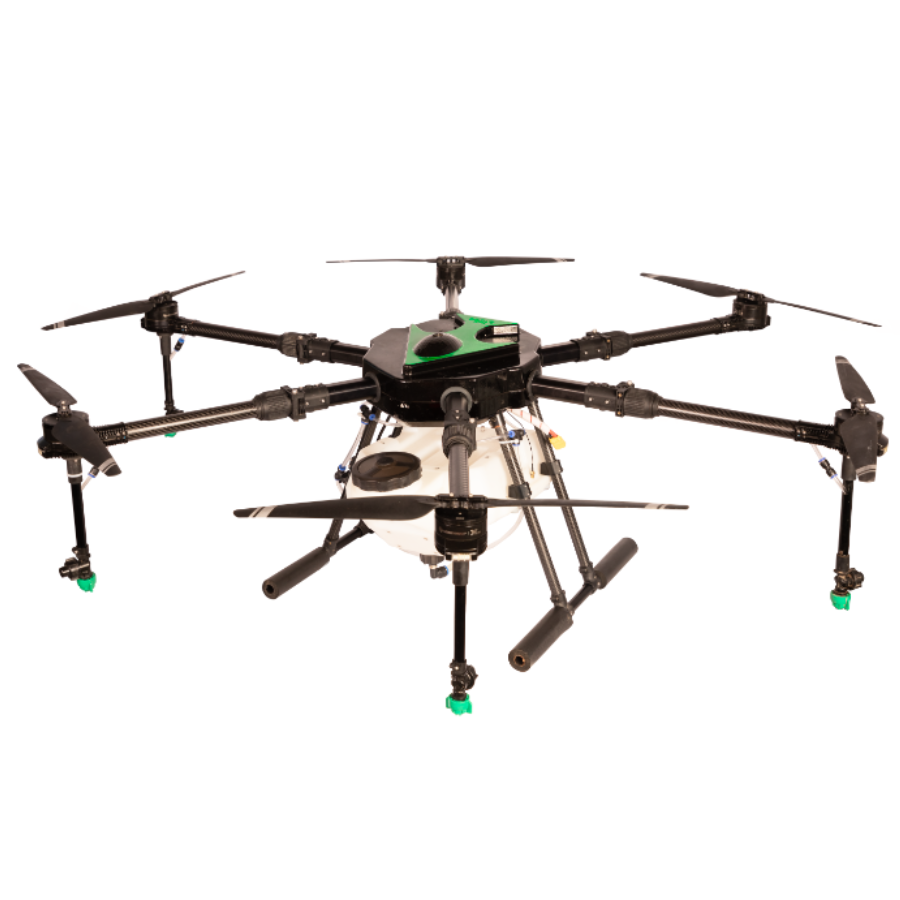



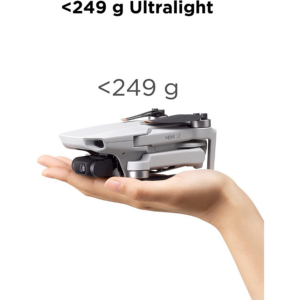

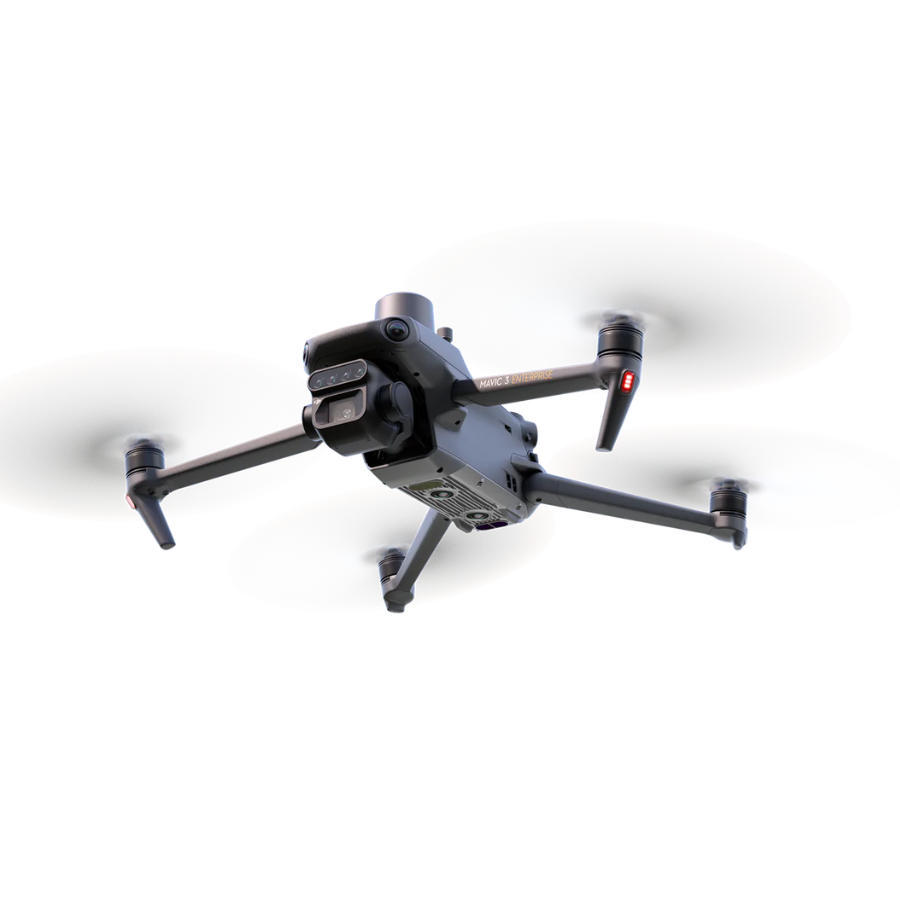

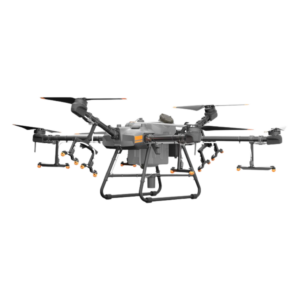

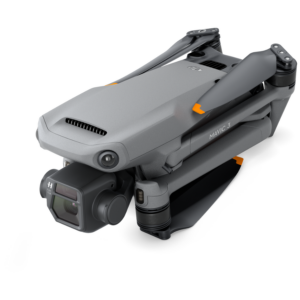



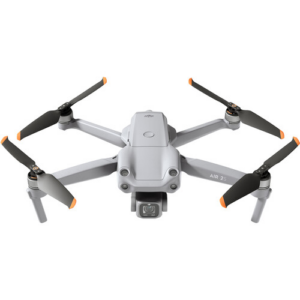












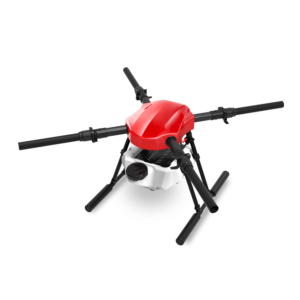


There are no reviews yet.